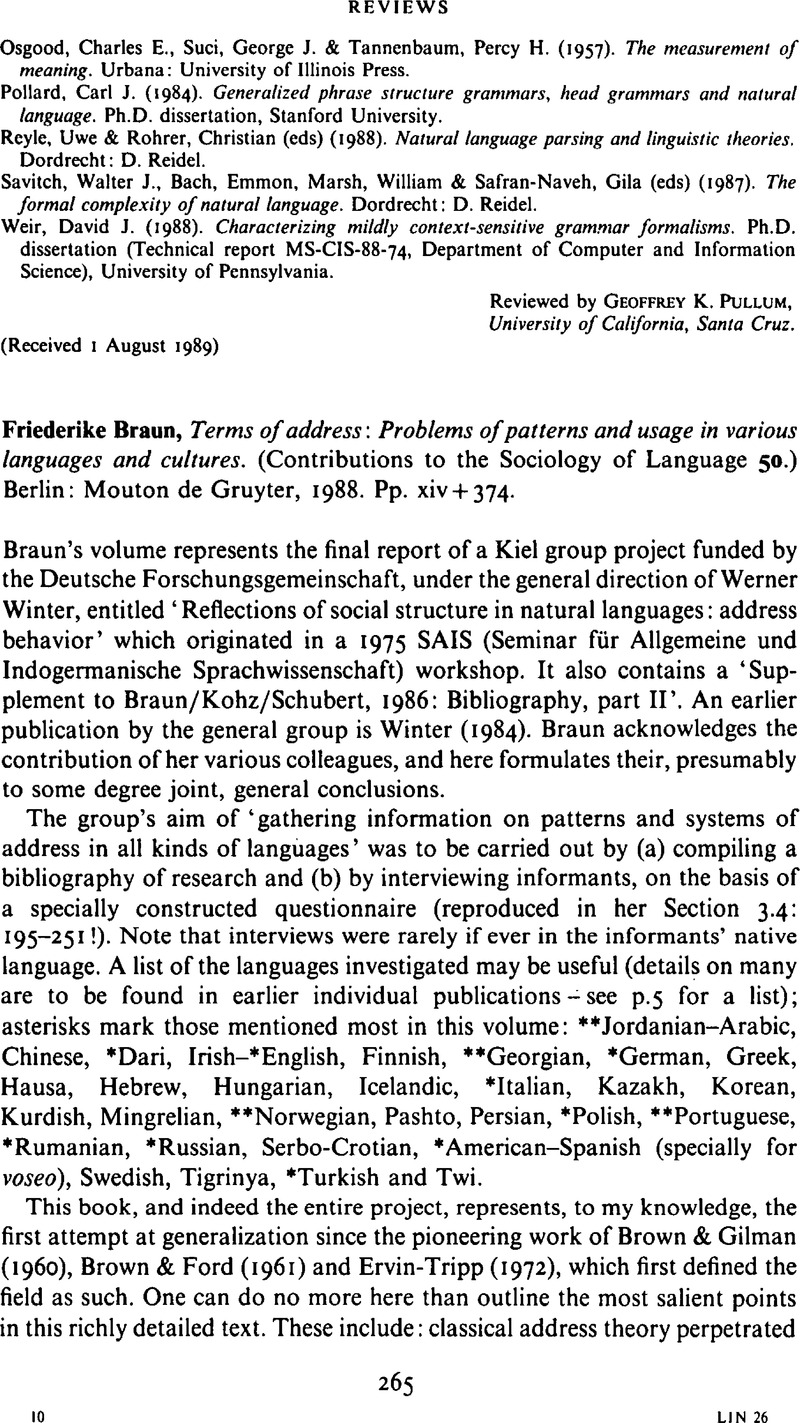Crossref Citations
This article has been cited by the following publications. This list is generated based on data provided by Crossref.
1994.
Morphopragmatics.
Luchkina, Tatiana
2015.
Interdisciplinary Perspectives on Im/politeness.
Vol. 14,
Issue. ,
p.
7.





